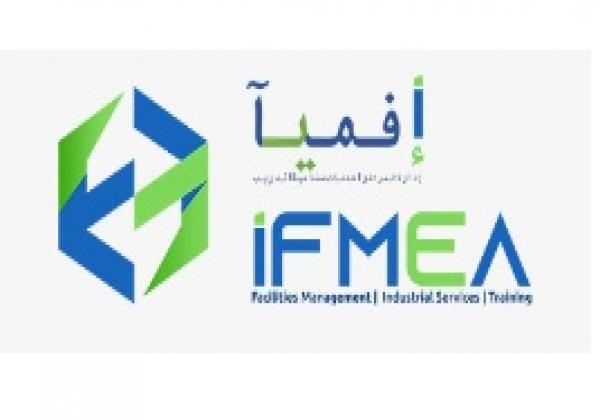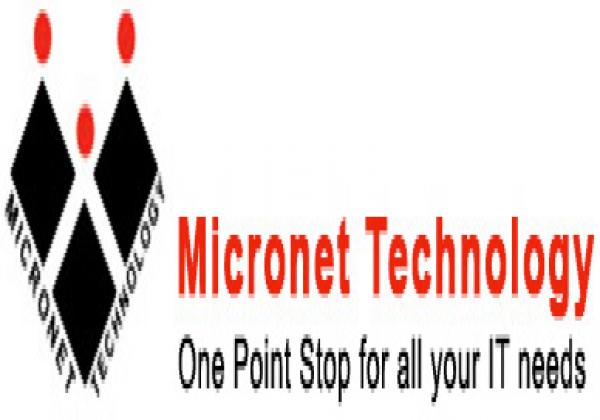Fiber Optic Polishing Suppliers in Dubai,UAE

IFMEA
Phone: +97143296764
Emirate:Dubai, P.O.BOX:
Address:Dubai Branch : GF-01, Shams Business Park AL Garhoud , Dubai

Micronet Technology
Phone: 0505648497
Emirate:Dubai, P.O.BOX:182415
Address:Office 102, Rifa Old Building, Opp Palm Beach Hotel, Khalid Bin Waleed St, Bur Dubai

LAN GUARD
Phone: +971 2 6329170
Emirate:Abu Dhabi, P.O.BOX:
Address:M01 Floor, Princess Jewellery Building, Khaleefa Street, Abu Dhabi, United Arab Emirates

Microlink networks llc
Phone: +97145561557
Emirate:Dubai, P.O.BOX:
Address:Boulevard Plaza Tower One, Level 3, Downtown Dubai, United Arab Emirates

Bits Secure IT Infrastructure LLC
Phone: +971 43282444
Emirate:Dubai, P.O.BOX:3282444
Address:SUNTECH Tower - Office 903 - Dubai Silicon Oasis - Industrial Area - Dubai - United Arab Emirates
Fiber Optic Polishing: Achieving Flawless Surfaces for Optimal Performance
In the realm of fiber optic technology, polishing plays a crucial role in achieving a smooth and flawless surface on the end face of a fiber optic cable. This polished surface is essential for minimizing light reflection and maximizing light transmission, ensuring optimal performance within fiber optic connections and splices.
Why is Fiber Optic Polishing Important?
Reduced light reflection: A rough or uneven end face can cause light to reflect back into the fiber core, leading to signal loss and reduced transmission efficiency.
Improved connection quality: A smooth and polished end face ensures efficient light coupling between fibers, minimizing signal attenuation and enhancing the performance of connectors and splices.
Enhanced reliability: Proper polishing minimizes potential scattering points that could degrade signal quality over time, contributing to the long-term reliability of fiber optic connections.
The Fiber Optic Polishing Process:
Preparation: The fiber optic cable is stripped of its outer jacket and buffer coating to expose the bare fiber. The end face is then cleaned thoroughly to remove any dust or contaminants.
Grinding: A grinding disc or film is used to gradually remove material from the fiber end face, creating a flat surface. This step is crucial for achieving the desired shape and reducing surface roughness.
Polishing: A finer polishing film or pad is used to further refine the surface and achieve a smooth, near-mirror finish. This step minimizes microscopic imperfections and ensures optimal light transmission.
Inspection: The polished end face is inspected using a microscope to verify its quality and ensure it meets the required specifications for surface finish and shape.
Polishing Methods:
Manual polishing: Requires skilled technicians and specialized tools, offering greater control over the process but demanding more time and expertise.
Automated polishing: Utilizes machines that control the grinding and polishing steps, ensuring consistent results and improved efficiency for high-volume applications.
Factors Affecting Polishing Quality:
Skill of the technician: Manual polishing relies heavily on the operator's experience and technique for achieving consistent results.
Quality of polishing tools: Using high-quality grinding discs, films, and pads is essential for achieving optimal surface finish.
Cleanliness: Maintaining a clean environment and following proper cleaning procedures throughout the process minimizes contamination that can affect polish quality.
Benefits of Proper Fiber Optic Polishing:
Reduced signal loss: Minimizes light reflection and maximizes light transmission, leading to high-performance fiber optic connections.
Enhanced reliability: Contributes to the long-term stability and performance of fiber optic systems.
Improved connection consistency: Ensures consistent quality across multiple connections, minimizing variability and optimizing network performance.
In the realm of fiber optic technology, polishing plays a crucial role in achieving a smooth and flawless surface on the end face of a fiber optic cable. This polished surface is essential for minimizing light reflection and maximizing light transmission, ensuring optimal performance within fiber optic connections and splices.
Why is Fiber Optic Polishing Important?
Reduced light reflection: A rough or uneven end face can cause light to reflect back into the fiber core, leading to signal loss and reduced transmission efficiency.
Improved connection quality: A smooth and polished end face ensures efficient light coupling between fibers, minimizing signal attenuation and enhancing the performance of connectors and splices.
Enhanced reliability: Proper polishing minimizes potential scattering points that could degrade signal quality over time, contributing to the long-term reliability of fiber optic connections.
The Fiber Optic Polishing Process:
Preparation: The fiber optic cable is stripped of its outer jacket and buffer coating to expose the bare fiber. The end face is then cleaned thoroughly to remove any dust or contaminants.
Grinding: A grinding disc or film is used to gradually remove material from the fiber end face, creating a flat surface. This step is crucial for achieving the desired shape and reducing surface roughness.
Polishing: A finer polishing film or pad is used to further refine the surface and achieve a smooth, near-mirror finish. This step minimizes microscopic imperfections and ensures optimal light transmission.
Inspection: The polished end face is inspected using a microscope to verify its quality and ensure it meets the required specifications for surface finish and shape.
Polishing Methods:
Manual polishing: Requires skilled technicians and specialized tools, offering greater control over the process but demanding more time and expertise.
Automated polishing: Utilizes machines that control the grinding and polishing steps, ensuring consistent results and improved efficiency for high-volume applications.
Factors Affecting Polishing Quality:
Skill of the technician: Manual polishing relies heavily on the operator's experience and technique for achieving consistent results.
Quality of polishing tools: Using high-quality grinding discs, films, and pads is essential for achieving optimal surface finish.
Cleanliness: Maintaining a clean environment and following proper cleaning procedures throughout the process minimizes contamination that can affect polish quality.
Benefits of Proper Fiber Optic Polishing:
Reduced signal loss: Minimizes light reflection and maximizes light transmission, leading to high-performance fiber optic connections.
Enhanced reliability: Contributes to the long-term stability and performance of fiber optic systems.
Improved connection consistency: Ensures consistent quality across multiple connections, minimizing variability and optimizing network performance.


